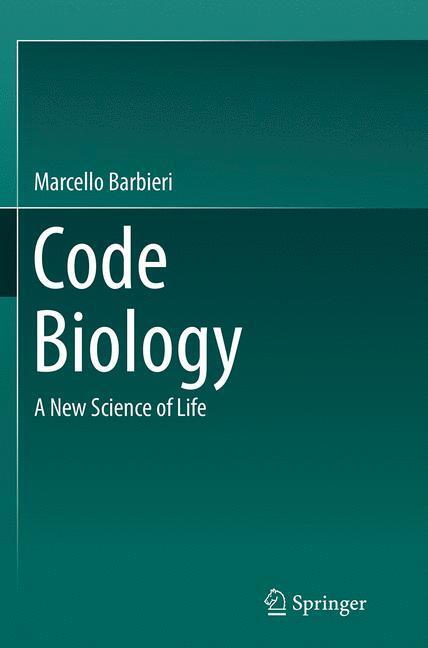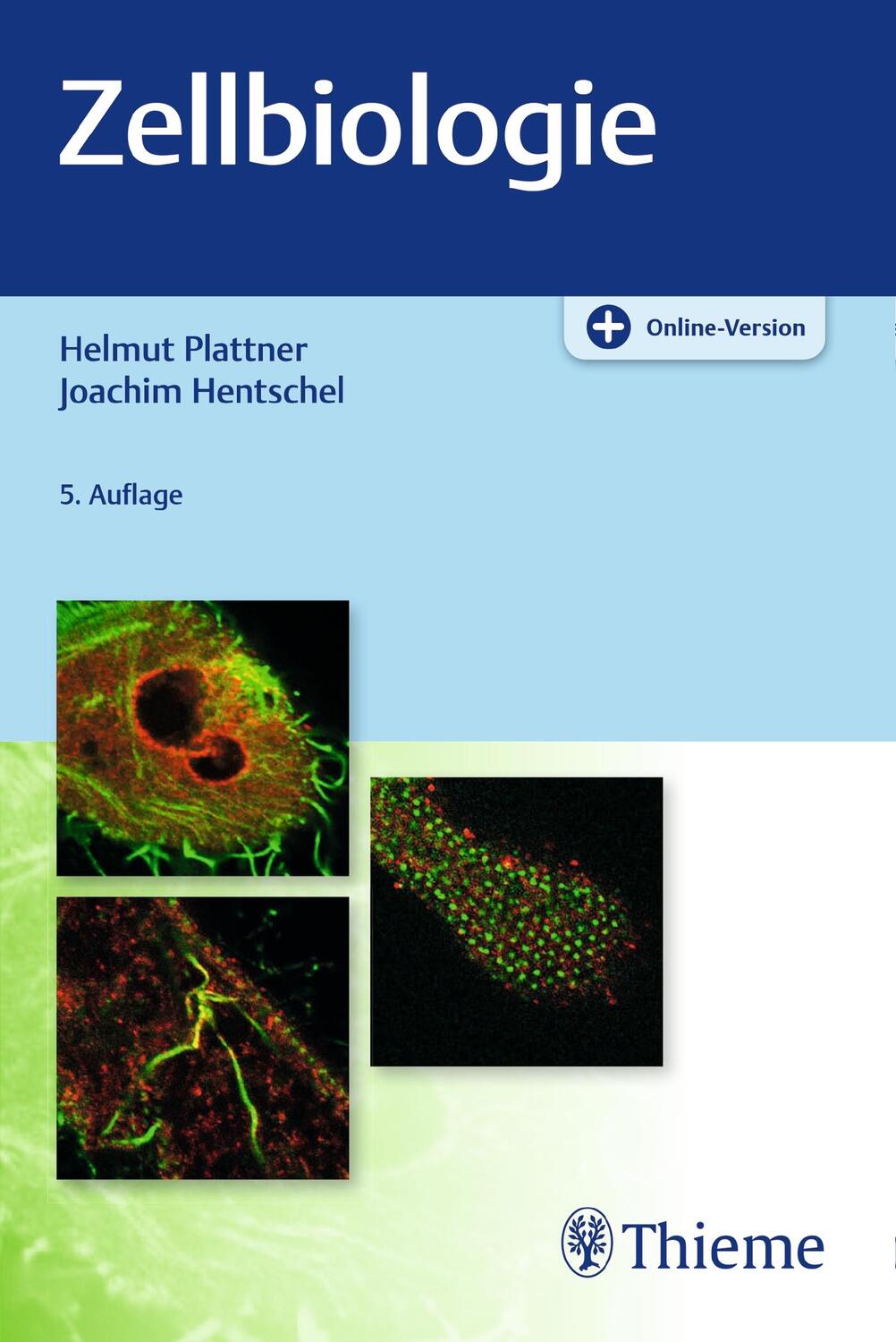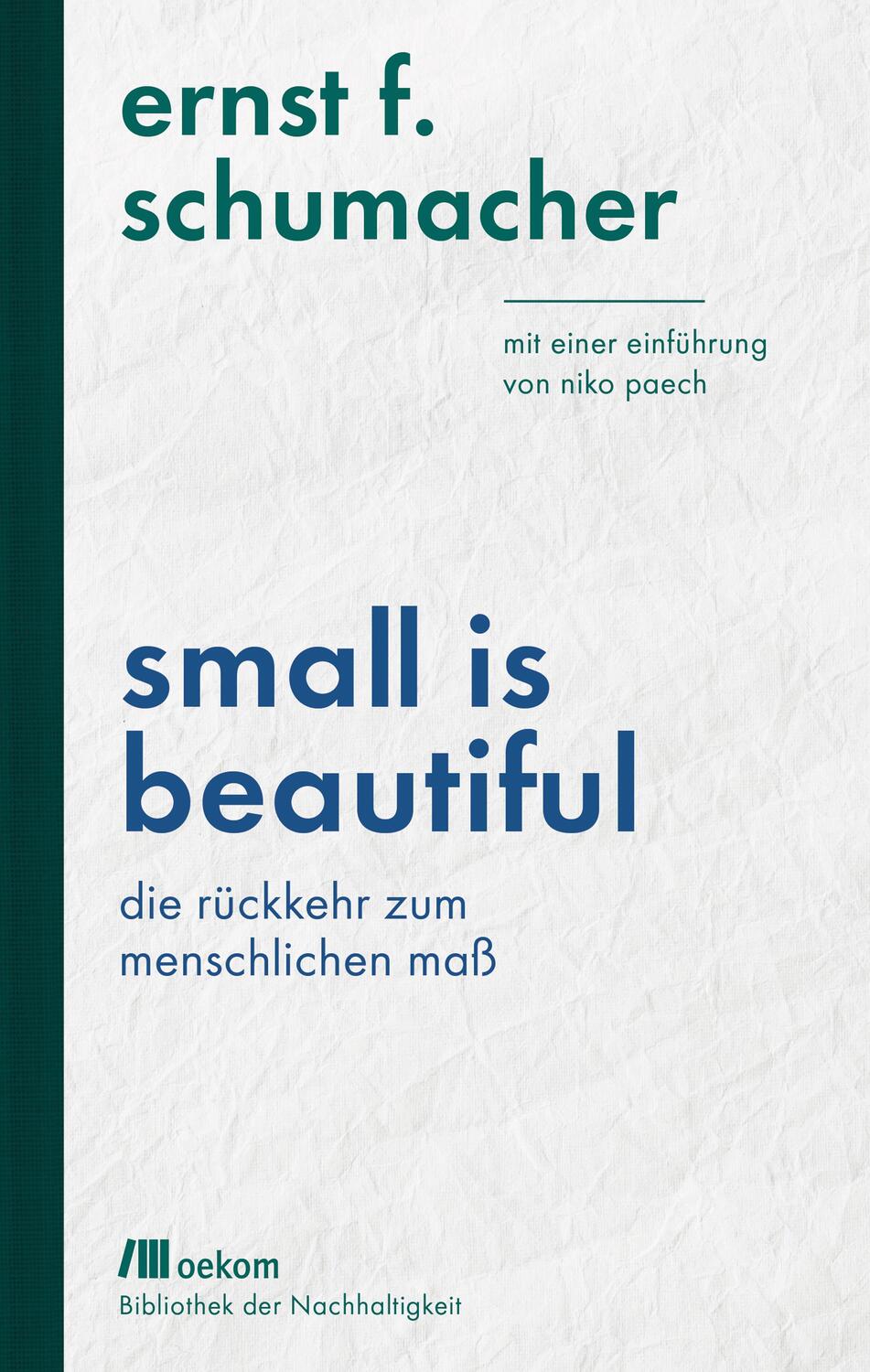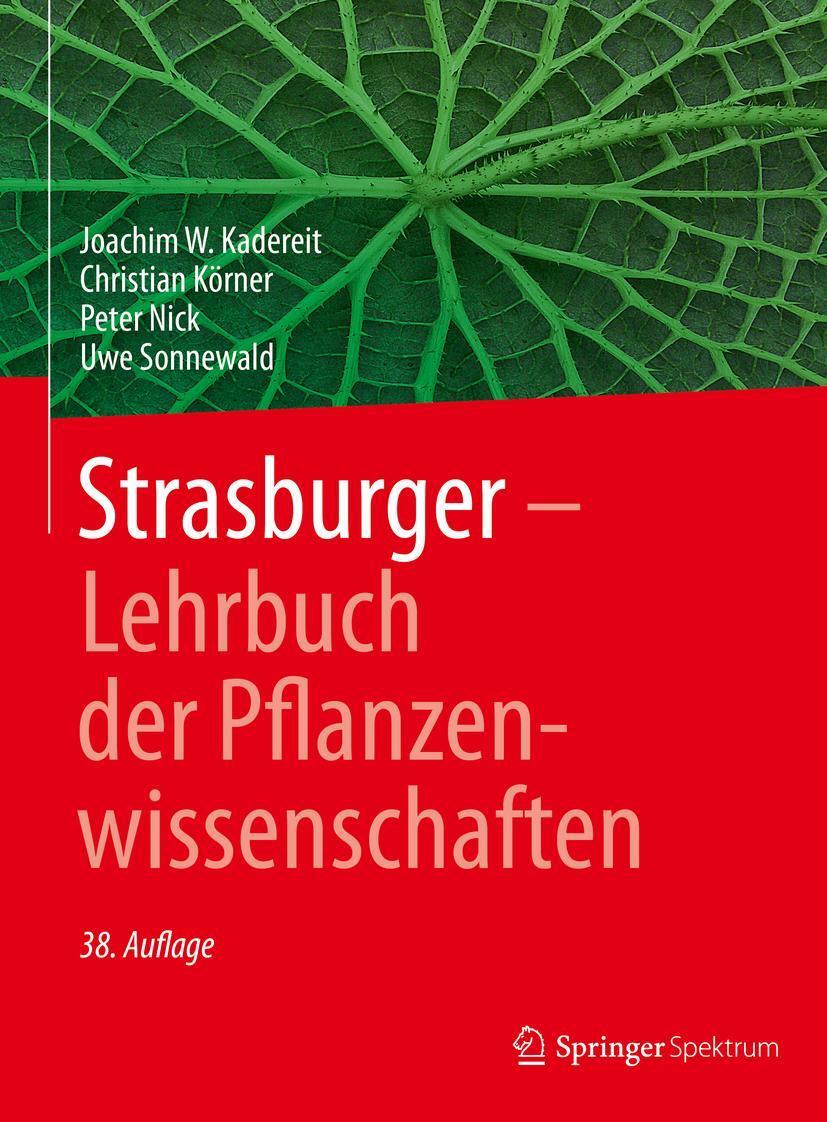This book is the study of all codes of life with the standard methods of science. The genetic code and the codes of culture have been known for a long time and represent the historical foundation of this book. What is really new in this field is the study of all codes that came after the genetic code and before the codes of culture. The existence of these organic codes, however, is not only a major experimental fact. It is one of those facts that have extraordinary theoretical implications. The first is that most events of macroevolution were associated with the origin of new organic codes, and this gives us a completely new reconstruction of the history of life. The second implication is that codes involve meaning and we need therefore to introduce in biology not only the concept of information but also the concept of biological meaning. The third theoretical implication comes from the fact that the organic codes have been highly conserved in evolution, which means that they are the greatest invariants of life. The study of the organic codes, in short, is bringing to light new mechanisms that have operated in the history of life and new fundamental concepts in biology.
This book is the study of all codes of life with the standard methods of science. The genetic code and the codes of culture have been known for a long time and represent the historical foundation of this book. What is really new in this field is the study of all codes that came after the genetic code and before the codes of culture. The existence of these organic codes, however, is not only a major experimental fact. It is one of those facts that have extraordinary theoretical implications. The first is that most events of macroevolution were associated with the origin of new organic codes, and this gives us a completely new reconstruction of the history of life. The second implication is that codes involve meaning and we need therefore to introduce in biology not only the concept of information but also the concept of biological meaning. The third theoretical implication comes from the fact that the organic codes have been highly conserved in evolution, which means that they are the greatest invariants of life. The study of the organic codes, in short, is bringing to light new mechanisms that have operated in the history of life and new fundamental concepts in biology.
Über den Autor
Marcello Barbieri (born 1940) is professor of embryology at the University of Ferrara, Italy. He has conducted research on embryonic development and ribosome crystallization at the Medical Research Council in Cambridge, UK, the National Institutes of Health in Bethesda, USA, and the Max-Planck-Institut für Molekulare Genetik in Berlin. He has published books on embryology and evolution, and has taught biophysics, molecular embryology and theoretical biology respectively at the Universities of Bologna, Sassari and Turin. His research interests include embryology, evolution and biosemiotics. He is Editor-in-Chief of the journal Biosemiotics, was a co-Editor of the Springer Book Series in Biosemiotics.
Zusammenfassung
It is of interest in virtually all research fields of the life sciences because it shows that biological codes exist at all levels in all living systems
It provide evidence for a new paradigm that goes beyond the popular views in macroevolution proposed by Stephen Jay Gould (2002) and by Maynard Smith and Szathmáry (1995)
It is accessible to a wide audience
Inhaltsverzeichnis
PART I - The Paradigms of Biology1. Chemistry versus Information1.1 The Chemical Paradigm1.2 The Information Paradigm1.3 Shannon¿s Information Theory1.4 Sequences and specificity1.5 The ontological claim of the Information paradigm1.6 The ontological claim of the Chemical paradigm1.7 The idea that `Life is artifact-making1.8 The origin of linear and digital sequences1.9 A useful metaphor1.10 The issue of meaning1.11 What is mechanism?2. The Code Paradigm2.1 Schrödinger¿s prophecy2.2 The `special constraints¿ solution2.3 The new observables2.4 Names and `nominable¿ entities2.5 Organic information2.6 Organic meaning2.7 The discovery of new worlds2.8 Life and semiosis2.9 The Code model of semiosis2.10 The defining features of signs and meanings2.11 The sequences of genes and proteins2.12 Two types of organic signs2.13 A new beginning3. A Gallery of Organic Codes3.1 The Apparatus of protein synthesis3.2 The Genetic code3.3 Stereochemistry and arbitrariness3.4 The Splicing codes3.5 The Metabolic code3.6 The Signal Transduction codes3.7 The Signal Integration codes3.8 The Histone code3.9 Is the `Histone Code¿ an organic code?3.10 The Tubulin code3.11 The Sugar code3.12 The Glycomic code3.13 The Sequence codes3.14 Organic codes and biologyPART II - Major Steps in Macroevolution4. Life before the Cell4.1 The twin problems of the beginning4.2 The replication paradigm4.3 Ribosoids4.4 Nucleosoids4.5 Nucleosoid evolution4.6 Heterosoids4.7 A primitive apparatus4.8 Statistical proteins4.9 First and last common ancestor4.10 The ancient genetic code4.11 The modern genetic code4 12 Steps towards the cell4.13 The ribotype theory of the cell5. The First Three Billion Years5.1 The `Stony Carpets¿5.2 The Iron Bands5.3 The Age of the Protista5.4 Three primary kingdoms5.5 The first cells5.6 Two evolutionary strategies5.7 The RNA codes5.8 The fluid genome5 9 Evolving the cytoplasm5.10 The cytoskeleton codes5.11 The compartment codes5.12 The Tree and the Web5.13 What happened in the Precambrian?6. Evolving the Embryos6.1 The rediscovery of epigenesist6.2 Body plans and animal phyla6.3 A cascade of inductions6.4 Determination and cell memory6.5 Self-regulating embryonic fields6.6 Arranging cells in space6.7 The unexpected from molecular embryology6.8 The classification of animals6.9 The Cambrian explosion6.10 The origin of animals6.11 The Hox codes6.12 The codes of the body plans6.13 The logic of the embryos7. Brain and Mind7.1 Evolving the neuron7.2 The intermediate brain7.3 The instinctive brain7.4 Making mental images7.5 Sensations and perceptions7.6 A universal neural code7.7 Mechanisms of brain development7.8 Codes in brain development7.9 Theories on the brain-mind relationship7.10 The `first-person¿ experiences7.11 The code theory of mind7 12 The interpretive brain7.13 Three brain macroevolutions8. Origins of Language8.1 Chomsky¿s definitions of language8.2 Sebeok¿s definitions of language8.3 The bone of contention8.4 A third foundation of language8.5 A juvenile ape8.6 Fetalization and brain wiring8.7 Brain size and language genes8.8 The cerebra bifida model8.9 Mind and reality8.10 Steps in the ontogeny of mind8.11 Interacting brains8.12 A hidden asymmetry8.13 Rules of neural development8.14 Specifically human8.15 The third modelling system8 16 Our rational faculties8 17 The codes of languagePART III - A New Science of Life9. Biosemiotics9.1 Matter controlled by symbols9.2 Physical biosemiotics9.3 Darwinian biosemiotics9.4 The Peirce framework9.5 Zoosemiotics9.6 Peircean biosemiotics9.7 Hermeneutic biosemiotics9.8 A book review for Sebeok9.9 A pluralistic enterprise9.10 Organic semiosis9.11 Animal semiosis9.12 Sense and reference9.13 The worlds of semiosis9.14 Two types of Biosemiotics9.15 A new beginning10. Code Biology10.1 What is the cell?10.2 The von Neumann machine10.3 A machine capable of self-assembly10.4 The concept of Codepoiesis10.5 Extensions of the Modern Synthesis10.6 Mechanisms of evolution10.7 Copying and coding10.8 Organic codes as constraints10.9 The Major Steps in Macroevolution10.10 The characteristics of the codes10.11 Different types of codes10.12 Unpredictable features10.13 The Three Worlds of life10.14 Code biology10.15 There was a timeReferencesAuthor IndexSubject Index













